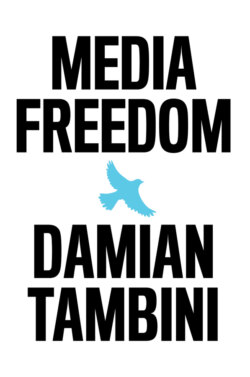Читать книгу Media Freedom - Damian Tambini - Страница 22
Dynamics of Change
ОглавлениеThe notion of press freedom, and the legal privileges – from public interest defences in defamation to source protection – that give it substance, have accrued over time in multiple struggles across policymaking and law. This process can be read as the development of a decentred and practical theory of the institutional and legal framework necessary for media to serve democracy. The media themselves have been key voices in the development of this theory of media autonomy in a democracy.
Jan Oster92 has brilliantly summarized the law of media freedom as a fundamental right, but he is silent on how and why it came into being. It may be argued that media freedom exists to serve certain functions, as encapsulated by the ‘watchdog’ theory of the ECtHR, but such functionalist reasoning is clearly inadequate as an explanatory theory. Commentary on media law and policy is inherently ideologically opposed. On the one hand, the left critique of media freedom claims a coincidence of interests between big capital and big media. On the other, the right critique is that ‘liberal media’ are biased because of the socio-political habitus of journalists.
In order effectively to adjudicate between these theories, and potentially to develop a more adequate liberal democratic theory of media freedom, it is necessary to ground normative claims in a practical, historical assessment of socio-legal and regulatory structures. This will enable the development of an empirically instantiated, robust theory of media freedom based on an analysis of the emergence of existing legal standards.
